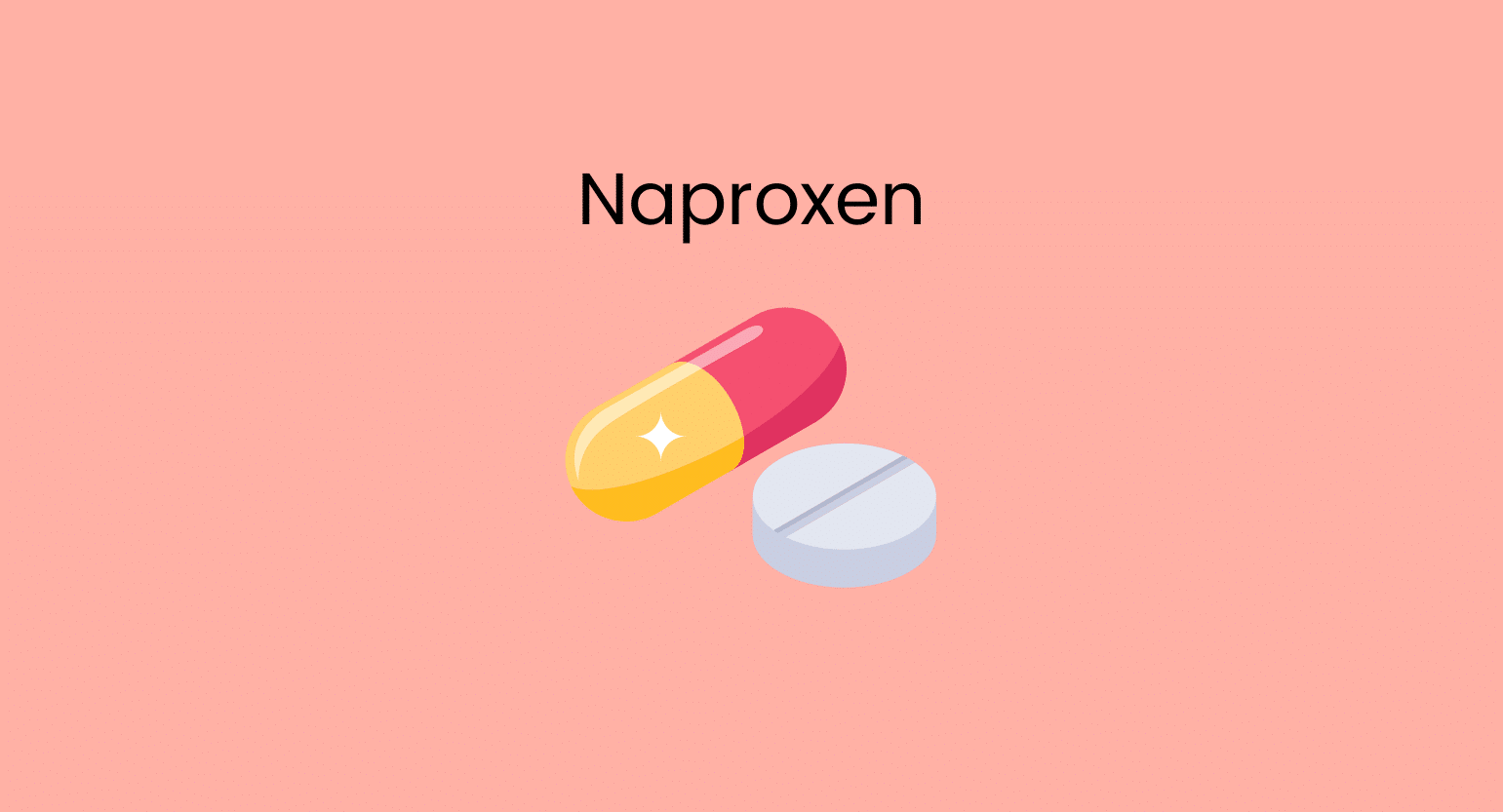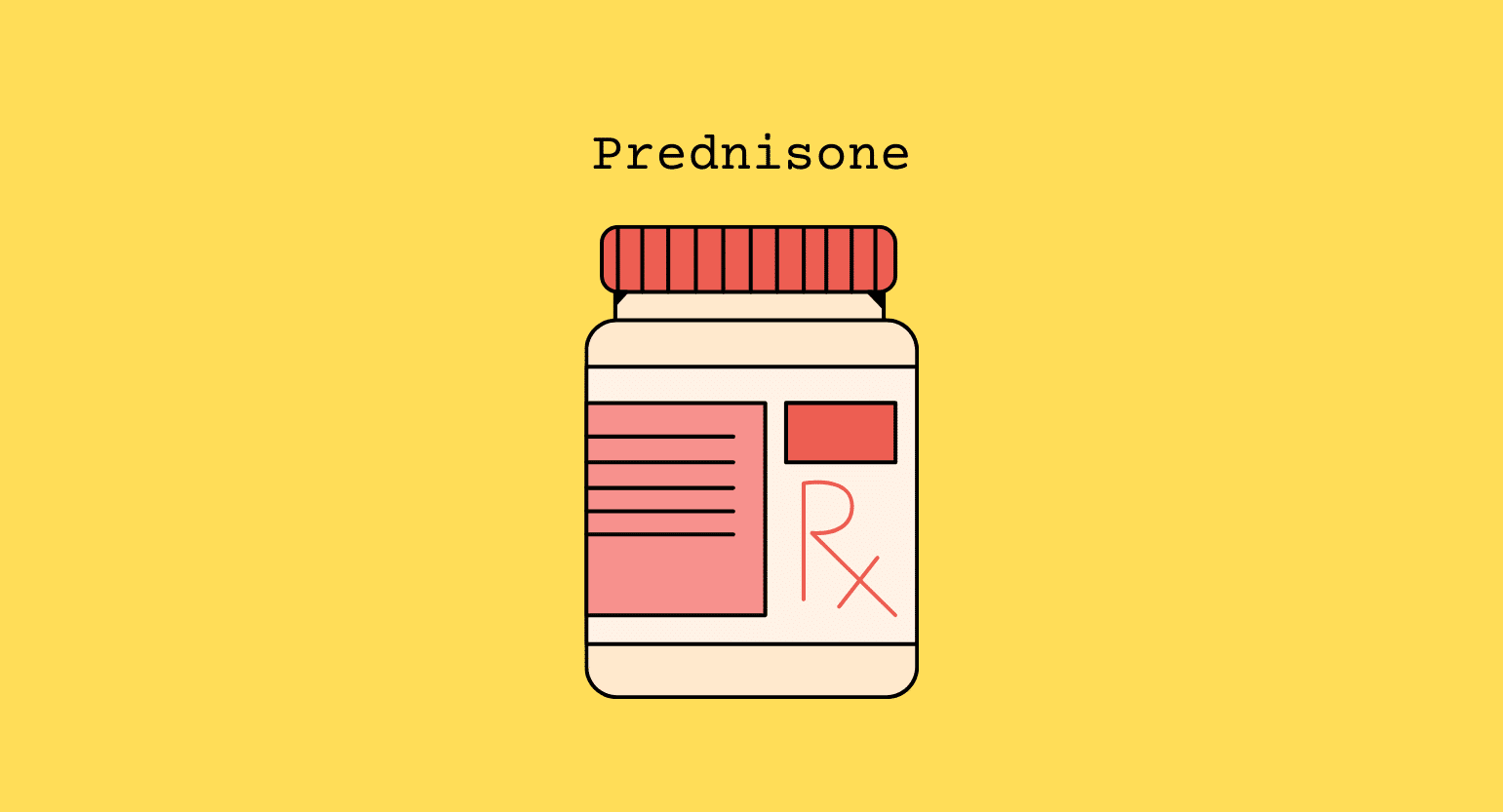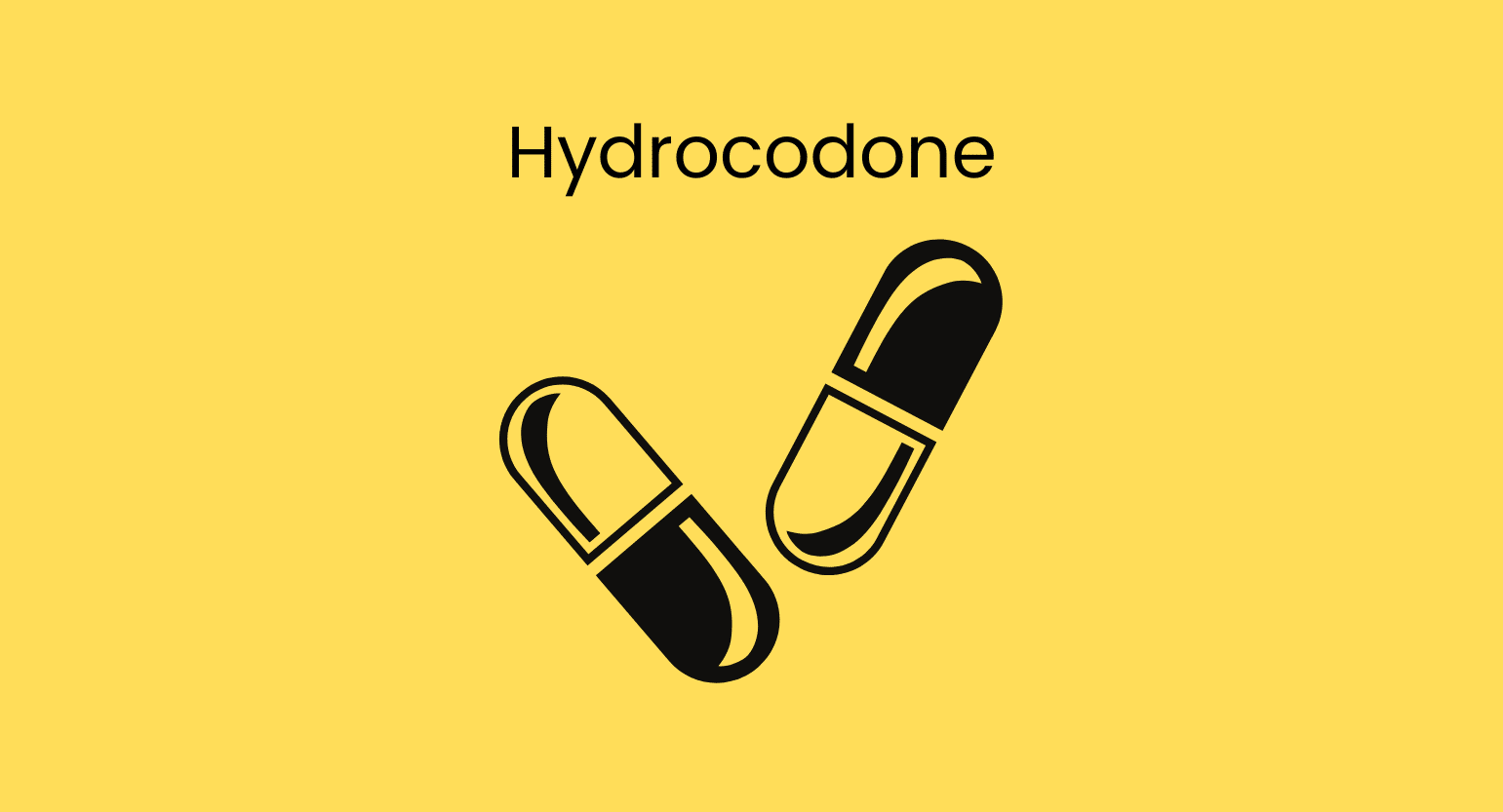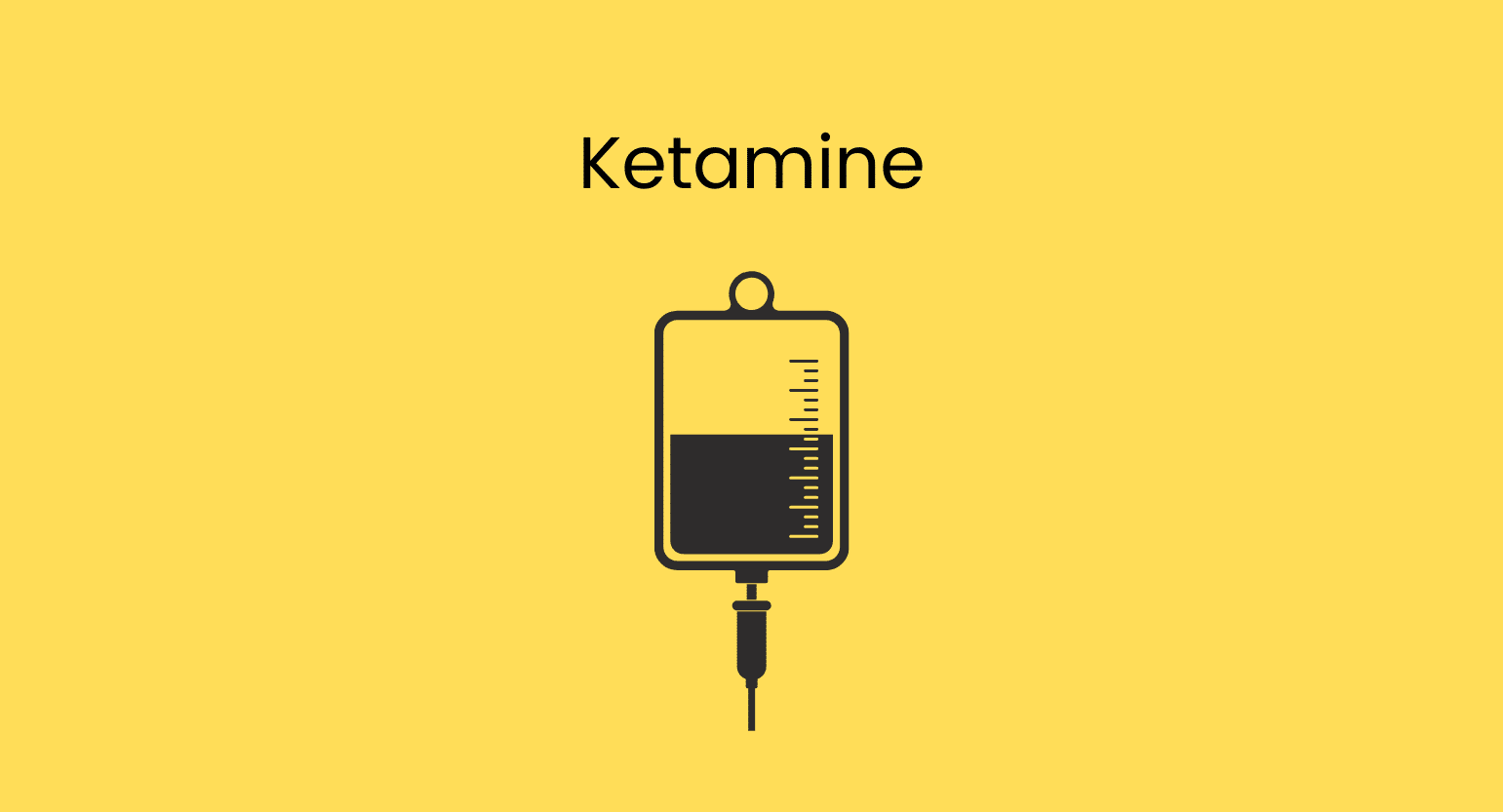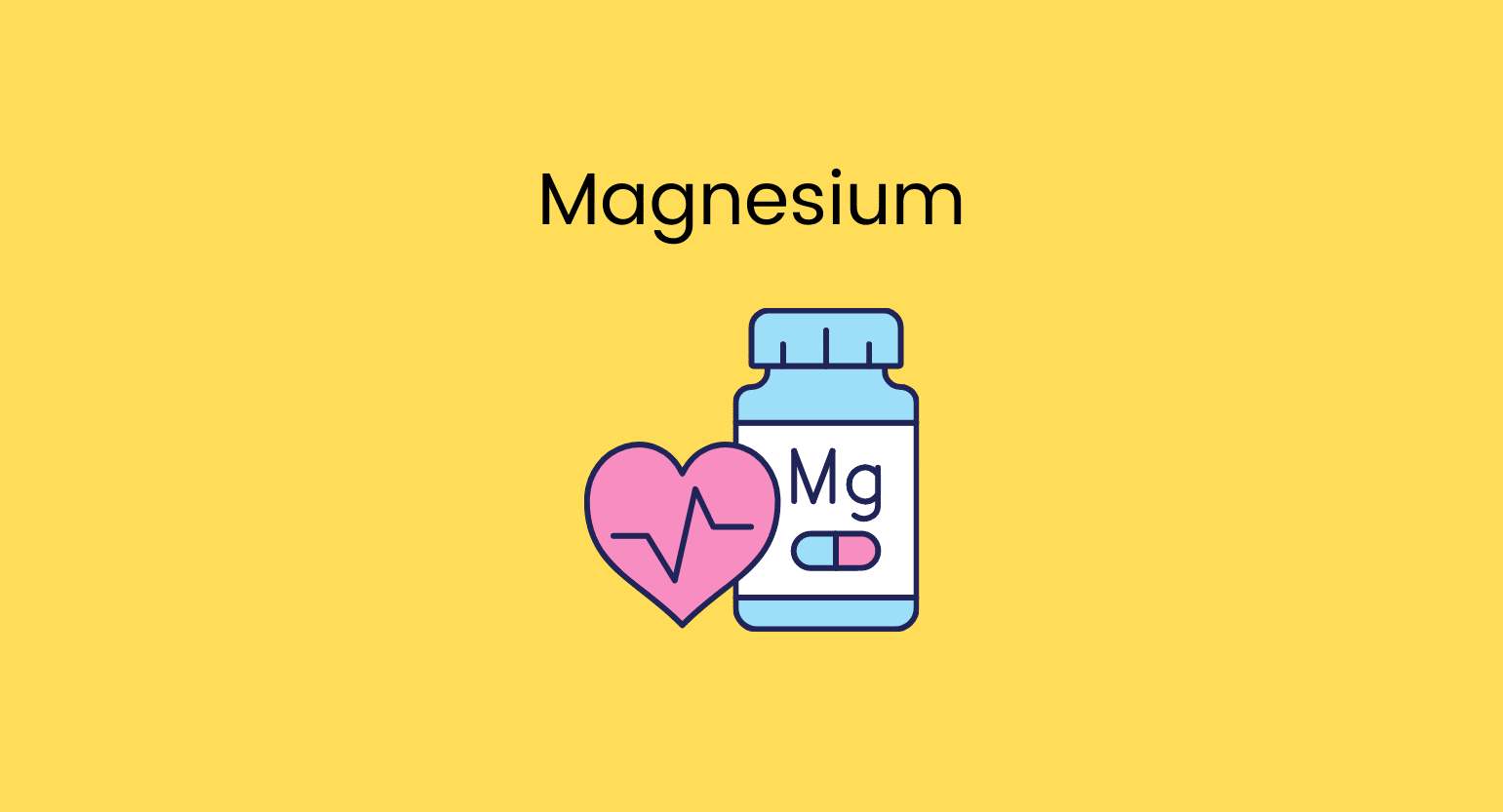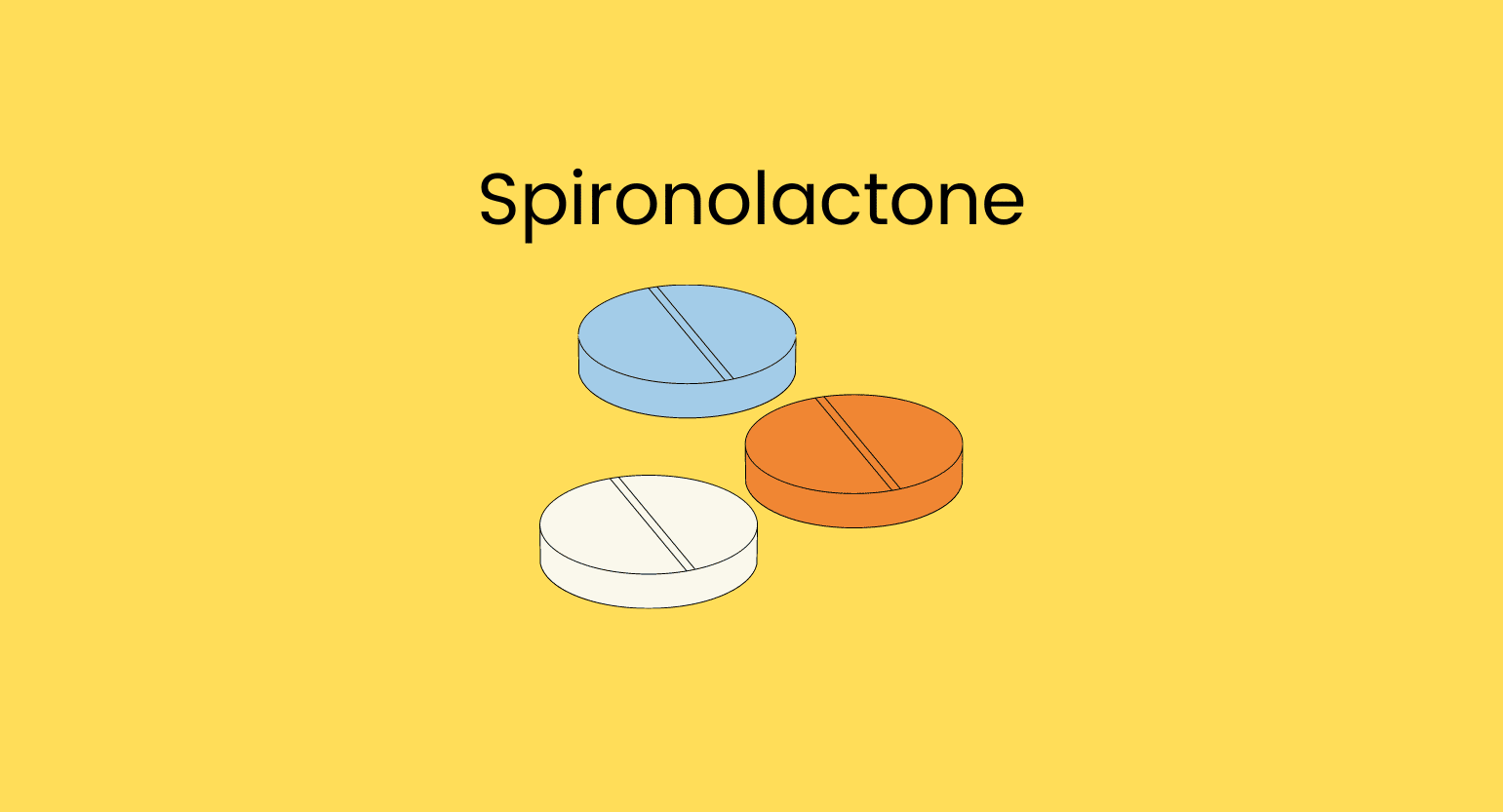Does Kratom Interact With Benazepril (Lotensin)?
Kratom can interact indirectly with benazepril. Their interaction is considered moderate to severe.
The primary cause of interaction stems from both substances having opposite effects. Kratom increases blood pressure; benazepril reduces it. Because benazepril is normally used to treat high blood pressure, anything that might negate its effects should be avoided.
It’s crucial you discuss your desire to use kratom with your prescribing physician before taking kratom and benazepril together.
There is also a chance of metabolic interaction between benazepril and kratom.
Like most ACE inhibitors, benazepril is partially metabolized by the CYP3A4 enzyme in the liver. This hepatic enzyme also metabolizes kratom, along with CYP2D6 and CYP2C9.
Because both substances are metabolized by similar enzymes, taking them together could impede the liver’s ability to break these substances down. With daily dosing, benazepril could accumulate in the blood — leading to side effects over time.
Kratom & ACE Inhibitors: Drug Interactions
Benazepril is classified as an angiotensin-converting enzyme inhibitor (ACE).
Angiotensin-converting enzyme (ACE) inhibitors widen arteries and veins by blocking the conversion of angiotensin I to angiotensin II (a potent endogenous vasoconstrictor) and reducing bradykinin metabolism; these activities result in reduced preload and afterload on the heart.
By reducing angiotensin-II-induced aldosterone secretion, ACE inhibitors may promote salt and water excretion; potassium levels may also rise.
Renoprotective actions of ACE inhibitors are elicited via dilatation of renal arterioles.
Chronic hypertension, heart failure, and myocardial infarction are linked to cardiac and vascular remodeling.
There are a few other ACE inhibitors, all of which will share a similar level of risk when used alongside kratom.
Other ACE inhibitors that kratom will interact with include:
- Captopril (Capoten)
- Enalapril maleate (Vasotec)
- Fosinopril sodium (Monopril)
- Lisinopril (Prinivel & Zestril)
- Moexipril (Univasc)
- Perindopril (Aceon)
- Quinapril Hydrochloride (Accupril)
- Ramipril (Altace)
- Trandolapril (Mavik)

Is it Safe to Take Kratom With Benazepril (Lotensin)?
While the risk of this interaction is moderate, it’s best to avoid taking kratom and benazepril entirely. Ineffective treatment of hypertension can have profound implications.
Only take these medications after consulting with your prescribing physician. Never take them on your own. Also, if you experience any odd side effects, seek medical help immediately.
What is Benazepril (Lotensin)?
Benazepril is a drug that belongs to the angiotensin-converting enzyme (ACE) class. It is used to treat high blood pressure, heart failure, and diabetic kidney disease.
Upon separation of its ester group by the liver, benazepril is transformed into its active form, benazeprilat, a non-sulfhydryl ACE inhibitor.
The ACE is a protein that converts angiotensin I into angiotensin II. The latter causes blood vessels to constrict and blood pressure to rise.
In other words, ACE inhibitors like benazepril function to lower blood pressure by inhibiting the synthesis of hypertensive chemical messengers. They’re most typically used in those with heart disease, high blood pressure, or stroke risk.
Benazepril (Lotensin) Specifications
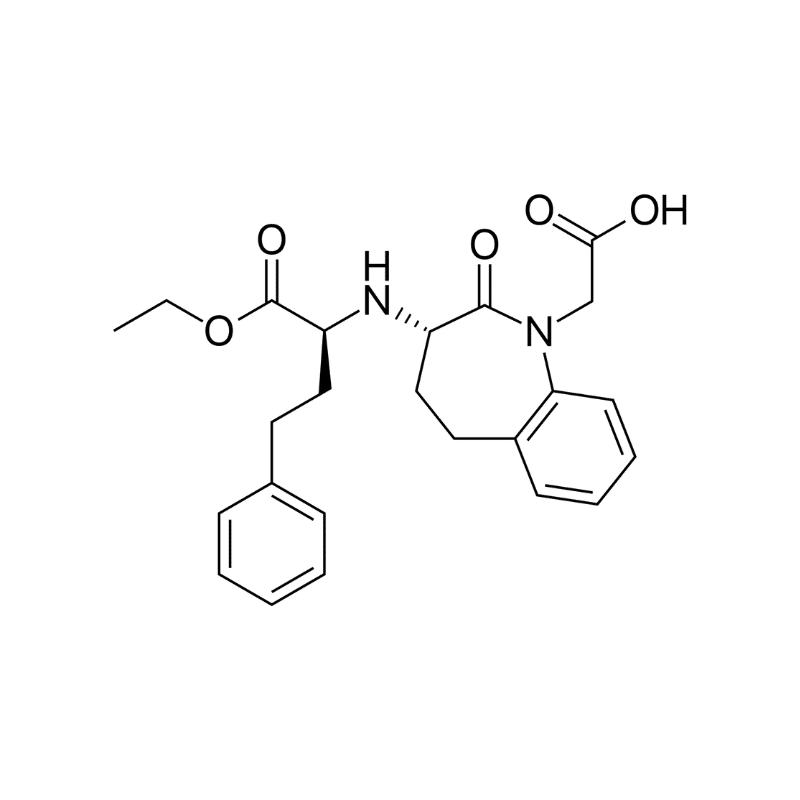
| Drug Name | Benazepril |
| Trade name | Lotensin, Amlobenz, Lotensin Hct, Lotrel |
| Classification | ACE inhibitors |
| CYP Metabolism | CYP3A4 (Partial) |
| Interaction With Kratom | Antagonistic |
| Risk of Interaction | High |
What is Benazepril (Lotensin) Used For?
Benazepril is prescribed for several indications, either alone or in combination with other antihypertensive drugs. Benazepril is commonly used for:
Hypertension
Benazeprilat, benazepril’s active metabolite, competes with angiotensin I for binding at the angiotensin-converting enzyme, preventing the conversion of angiotensin I to angiotensin II.
Angiotensin II levels in the blood are reduced when ACE is inhibited. Lower amounts of angiotensin II, a vasoconstrictor and a negative feedback mediator for renin activity, cause a drop in blood pressure and stimulation of baroreceptor reflex mechanisms, resulting in decreased vasopressor activity and aldosterone secretion.
The dosage adjustment may be necessary for conditions such as renal and hepatic impairment [1]. Benazepril can also be used in combination with other drugs to treat hypertension.
Renal Dysfunction
Benazepril can slow down the progression of renal dysfunction in patients with non-diabetic renal disease. A 2007 study examined the effects of benazepril on 15 patients with non-diabetic kidney disease. The patients were given benazepril or a placebo for one year. The authors found that long-term benazepril treatment decreased the progression of renal dysfunction by a mechanism that is independent of blood pressure reduction. [2].
This effect could be due to ACE inhibition, which slows the progression of renal scarring and chronic renal failure in humans [3].
Congestive Heart Failure
Benazepril is also used to treat congestive heart failure [4]. It has acute hemodynamic benefits in patients with congestive heart failure. It can also help reduce breathing difficulties and peripheral edema.
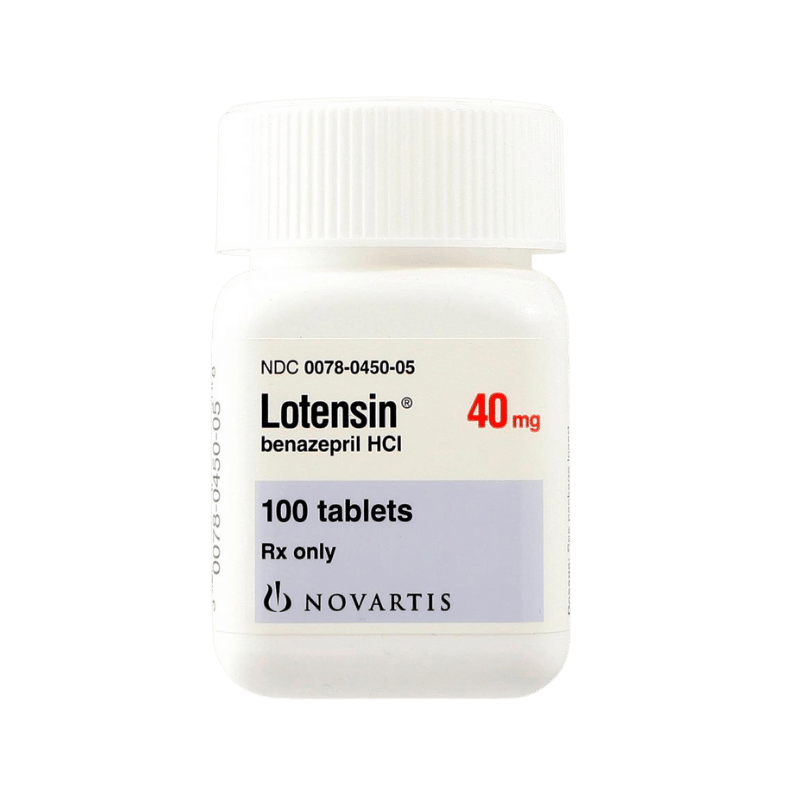
What’s the Dose of Benazepril (Lotensin)
The recommended dose of benazepril is 10 mg once a day, with a maintenance dosage ranging from 20 to 40 mg per day [5, 6].
What Are the Side Effects of Benazepril (Lotensin)?
Benazepril has many side effects, some of which overlap with kratom’s. This means the chances of experiencing side effects increase when mixing these two substances.
Some of the reported side effects of benazepril include:
- Bloating or swelling of the face, hands, legs, or feet
- Chills
- Confusion
- Cough
- Diarrhea
- Dizziness
- Headaches
- Fever
- Joint pain
- Rapid breathing
- Skin rash
- Sore throat
- Sweating
- Weight loss/gain

What is Kratom?
Kratom is a herbal extract made from the Mitragyna speciosa tree found in Southeast Asia. Kratom’s active ingredients, mitragynine, 7-hydroxymitraginine, and over a dozen other alkaloids, act on the opioid receptors, adrenergic receptors, dopamine receptors, serotonin receptors, and more to produce the plant’s characteristic effects.
Kratom is a stimulant in small doses, sedative, and analgesic in large amounts.
People commonly use kratom to fight chronic pain, sleep problems, or increase their energy throughout the day.
What is The Dose of Kratom?
The effects of kratom are dose-dependent. If the goal is to increase energy and focus, use a 1–5 grams dose. If the goal is to reduce pain, anxiety, or improve sleep, use larger amounts instead.
The optimal dose can vary from person to person, so start with a lower amount than you think you need, and increase it gradually.
Kratom users may start the dosage at 2 grams at the beginning and add 1 gram daily until they find what works best for them.
Check out our kratom dosage guidelines to get an idea of your best starting point.

What are the Side Effects of Kratom?
Any pharmacologically active substance carries a risk of side effects — kratom is no different.
The most common side effect of kratom is nausea, which is usually a sign you’ve taken too much. Remember to dial back the dosage during the next session to avoid this issue.
Common side effects of kratom may include:
- Abnormal heart rhythms
- Constipation
- Dizziness
- Dry mouth
- Frequent urination
- Headaches
- Insomnia
- Irritability
- Itching
- Loss of appetite
- Nausea
- Sedation

What are the Different Types of Kratom?
Kratom comes in many different forms — called strains. Strains refer to kratom samples that have distinct alkaloid ratios. Some strains are better for pain; others are better for energy. There are more than 75 known strains of kratom, each one distinct from the rest.
Kratom strains break down into four main categories, depending on how the leaves are processed:

White Vein Kratom
White vein kratom helps in increasing attention and can even help to raise cognition. It works as a mood enhancer and an energy booster.

Red Vein Kratom
Red vein kratom can help to treat anxiety and insomnia. They have strong analgesic action and are considered the most effective for managing pain.

Green Vein Kratom
Green vein kratom works as both a stimulant and a sedative. It’s sort of the middle ground between white and red strains. People looking to get the general effects from kratom, rather than a specific focus on pain, energy, or sleep, prefer green strains.

Yellow Vein Kratom
Yellow vein kratom is different from other kratoms because it combines red and white veins. Sometimes green vein kratom is mixed in as well.
The effects of yellow kratom strains can vary depending on what was used. Most yellow vein kratom strains are well-rounded in terms of their effects.

Key Takeaways: Is it Safe to Mix Kratom & Benazepril (Lotensin)?
Kratom and benazepril can have a high level of interaction with each other. Their interaction is considered antagonistic, with benazepril decreasing blood pressure and kratom, in high doses, increasing it. So taking them together could negate each other’s effects.
Since both drugs are metabolized by the same enzyme, taking them together could cause their metabolism to slow down and stay in the body for a much longer time, leading to more side effects.
While the level of risk for these compounds is manageable, it’s best to avoid this combination entirely. Anything that might negate the ability for benazepril to work effectively should be avoided.
- Gengo, F. M., & Brady, E. (1991). The pharmacokinetics of benazepril relative to other ACE inhibitors. Clinical Cardiology, 14(S4), 44-50.
- Ishimitsu, T., Akashiba, A., Kameda, T., Takahashi, T., Ohta, S., Yoshii, M., … & Matsuoka, H. (2007). Benazepril slows the progression of renal dysfunction in patients with non‐diabetic renal disease. Nephrology, 12(3), 294-298.
- Aldigier, J. C., Le Meur, Y., & Brunel, P. (1998). Protection of Renal Function with ACE Inhibitors. Clinical drug investigation, 16(6), 463-472.
- Mirvis, D. M., Insel, J., Boland, M. J., Cinquegrani, M. P., Ghali, J. K., Rubin, S. A., … & Whalen, J. J. (1990). Chronic therapy for congestive heart failure with benazepril HCl, a new angiotensin-converting enzyme inhibitor. The American journal of the medical sciences, 300(6), 354-360.
- Dahal, S. S., & Gupta, M. (2021). Benazepril. In StatPearls [Internet]. StatPearls Publishing.
- Bicket, D. P. (2002). Using ACE inhibitors appropriately. American family physician, 66(3), 461.


